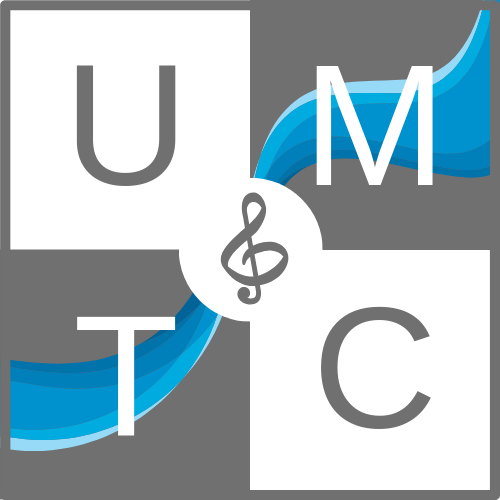Blog post written and submitted by Kayla Davitt, MT-BC
Around this time of year, many of us are preparing to celebrate the 4th of July. Fireworks, barbecues, and parades are just some of the ways Americans like to celebrate the birth of their country. One of my favorite traditions is to travel back to my hometown and attend an event called “Concert in the Park.” The local orchestra sets up a stage in one of the biggest parks in the North Country and performs patriotic songs while cannon blasts are fired. It’s incredible! The concert always starts with the orchestra playing “The Star-Spangled Banner.” Some years there is a singer, some years the audience serves as the choir. I don’t know about you, but even though I’ve heard and sung our national anthem many times, I don’t know the meaning behind many of the lyrics. However, that all changed when I picked up this wonderful book illustrated by Peter Spier simply titled The Star-Spangled Banner.
First of all, I think it’s important to note that “The Star-Spangled Banner” was first a poem written by Francis Scott Key. According to www.history.com, “the anthem’s history began the morning of September 14, 1814, when an attorney and amateur poet named Francis Scott Key watched U.S. soldiers — who were under bombardment from British naval forces during the War of 1812 — raise a large American flag over Fort McHenry in Baltimore, Maryland.” The melody for the song was derived from a popular English song called “The Anacreontic Song.” In the years after the War of 1812 ended, “The Star-Spangled Banner” became a popular patriotic song in the United States. In 1916, the current president (Woodrow Wilson) signed an executive order that declared “The Star-Spangled Banner” as the national anthem. However, it wasn’t until 1931 that the United States Congress passed a law officially declaring “The Star-Spangled Banner” the national anthem.
Many people may not know this, but Francis Scott Key actually wrote a total of four verses to “The Star-Spangled Banner.” We only use one verse today, but I think it’s important to acknowledge the song in its entirety. Here are the other 3 verses of the song:
“On the shore, dimly seen thro’ the mist of the deep,
Where the foe’s haughty host in dread silence reposes,
What is that which the breeze, o’er the towering steep.
As it fitfully blows, half conceals, half discloses?
Now it catches the gleam of the morning’s first beam,
In full glory reflected, now shines in the stream.
’Tis the star-spangled banner. Oh! long may it wave,
O’er the land of the free and the home of the brave!
And where is that band who so vauntingly swore,
That the havoc of war and the battle’s confusion
A home and a country should leave us no more?
Their blood has washed out their foul footstep’s pollution.
No refuge could save the hireling and slave,
From the terror of flight, or the gloom of the grave,
And the star-spangled banner in triumph doth wave,
O’er the land of the free and the home of the brave.
Oh! Thus be it ever, when freemen shall stand,
Between their loved homes and the war’s desolation,
Blest with vict’ry and peace, may the Heav’n-rescued land,
Praise the Pow’r that hath made and preserved us a nation.
Then conquer we must, for our cause is just,
And this be our motto – ‘In God is our trust.’
And the star-spangled banner in triumph doth wave,
O’er the land of the free and the home of the brave.”
Listening to the song in its entirety may give you more a feel of what Francis Scott Key was trying to express. Below is one rendition of the song that I very much enjoy.
There is a lot of information in these four verses, as well as a lot of vocabulary! When reading this book with your child, it may be helpful to explain the history of the song to them. Isaac Asimov wrote an article in 2017 that explains, in detail, the history of the song and he also describes the song in its entirety. If you wish to read this article, you can find it here.
We hope you enjoy using this storybook with your child as we wrap up this school year!
If you’d like to purchase the book, click this link.
Happy reading!
The Planets: A Story Orchestra
Blog...
Book: My Voice is a Trumpet
Blog...
Book: Jingle Bells
Blog...





